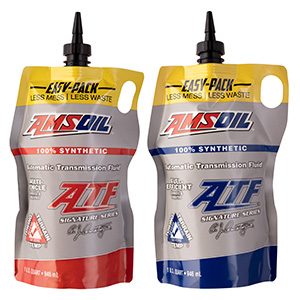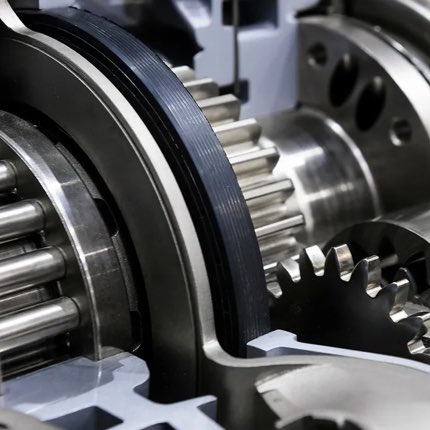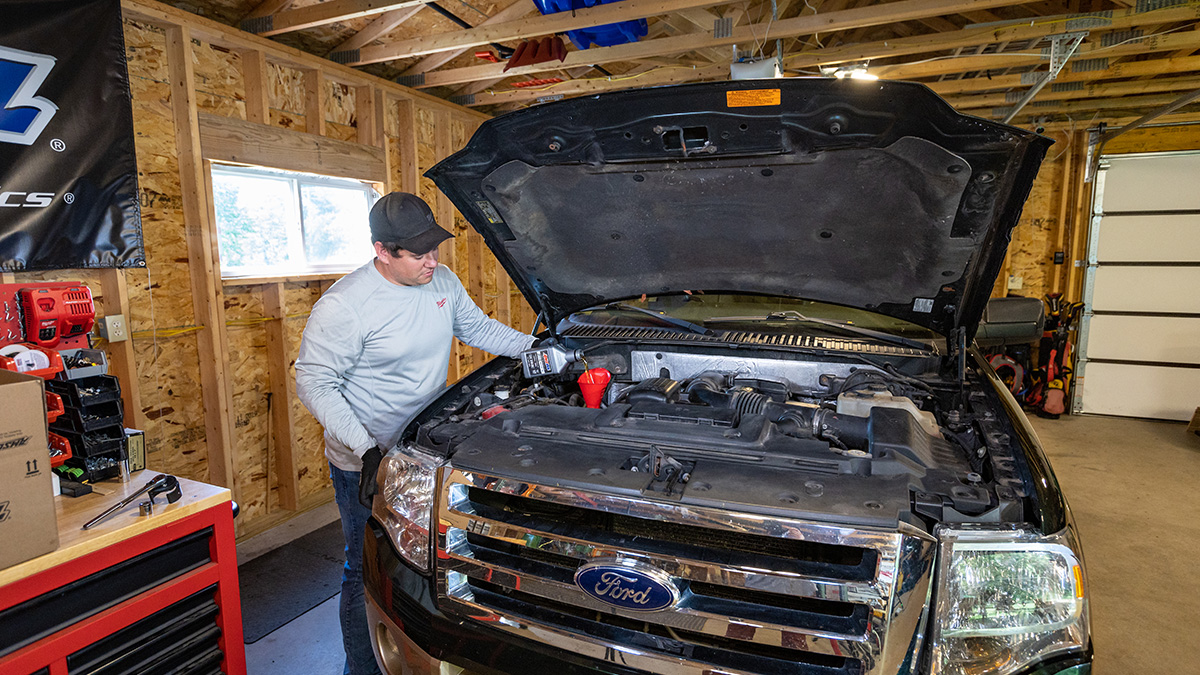If you search “overlooked car maintenance” online, you’ll notice that nearly every list includes transmission fluid changes. Despite the transmission’s importance to vehicle performance and longevity, it’s out of sight and out of mind for most motorists – until they’re staring at a $3,000 repair bill. This post will answer the question: “Why change transmission fluid?”
Prevention is Best Practice
It’s easy to understand why.
Most people direct mental energy toward things that require attention, not to things that are working properly. I bet you don’t think about your water heater or septic system much. But they demand full attention once you step into an ice-cold shower in the morning or your basement floor suddenly feels squishy.
Human nature isn’t the only factor working against us.
The original equipment manufacturers (OEMs) are making it easier than ever to ignore transmission service with the popularity of “filled-for-life” transmissions and differentials today.
Some OEMs don’t even include dipsticks or access plugs for checking or changing fluids. That sounds great to some motorists. “I don’t have to change or even check transmission fluid? Perfect.”

More Power = More Damaging Heat
The problem is, modern vehicles are tougher on transmission fluid than ever.
The OEMs are in an endless arms race to produce more power than the competition. All that added power has to pass through the transmission before reaching the wheels, yet modern transmissions are smaller and lighter than their predecessors.
They also use lower-viscosity fluids to help boost fuel efficiency. That translates into thinner fluid protecting against intense heat and wear inside a transmission that handles more power. This adds up to increased heat, and heat is one of the transmission fluid’s biggest enemies. It speeds the oxidation process and causes the fluid to chemically break down sooner.
Fluid that has broken down causes sludge and varnish to form, which clogs narrow oil passages and can lead to stuck solenoids. Soon, your vehicle can begin to shift hard, hesitate or quit shifting altogether. Unfortunately, that’s when many motorists finally start to pay attention to transmission maintenance.







